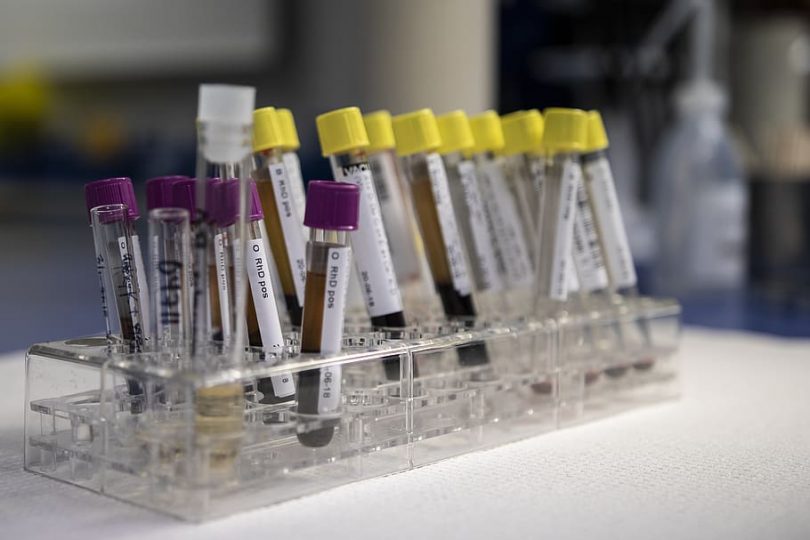Hemp and cannabis cultivars have striking similarities. However, they two differ in the amount of THC contained in each.
THC has psychoactive or mind-altering capabilities. Consequently, it is classified under schedule 1 and considered illegal under federal law. Because hemp has only trace amounts of THC, it doesn’t fall into this category. If anything, it was fully legalized at a federal level by the passage of the 2018 Agricultural Act.
The percentage of THC in hemp is its make or break; go above the 0.3% threshold, and you are officially dealing with marijuana. Depending on your state laws, you could be in for some big trouble!
Getting the exact amount of THC in a sample is where the rubber meets the road. Most labs are not equipped with the proper techniques to go about this effectively. This difference in quantification and assaying methods makes it hard to achieve standardization in the industry. This is an area that needs to be looked at.
The National Institute of Standards and Technology (NIST) has just released the results of a study intended to help labs to get accurate measurements of THC in samples for informed decision-making. This is in tandem with their quality assurance program branded CannaQAP. The results, which were anonymized, were published on the NIST website in July. The reason for maintaining anonymity was to encourage labs to participate without worrying about “failing” or “passing” the test.
Hemp samples were prepared with precise amounts of THC, CBD, and other compounds and sent to different labs for testing. One hundred sixteen laboratories participated, including commercial labs that do cannabis testing and academic chemical testing labs. Almost 83 percent of the participating labs returned data to NIST. The labs measured different cannabinoids (and contaminants) levels and sent the results back to the NIST lab for comparison.
As much as there was considerable variability in the results, the researchers said that this was normal and expected:
“The industry as a whole compared pretty well with the target values.”
With this study, NIST hopes to create a learning opportunity for cannabis testing labs and help to bring standardization of testing methods in the industry. NIST will also use the results to determine the methods and practices that work best.
Lastly, NIST hopes to create a reference material for hemp that will act as an industry guideline.
Image Source
https://cbdhealthandwellness.net/2021/08/02/does-cbd-athletic-tape-work/










